AARP Hearing Center


1792: A Vindication of the Rights of Woman is published
More than 50 years before the first National Women's Rights Convention is held in the United States, the English writer and philosopher Mary Wollstonecraft publishes A Vindication of the Rights of Woman, which argues in favor of women's education and participation in civic life.
Wollstonecraft inspires early American suffragists like Susan B. Anthony, who keeps a portrait of Wollstonecraft in her home and later republishes A Vindication in her feminist newspaper, The Revolution.


1848: The suffrage movement is born at the Seneca Falls Convention
Organized by women's rights activists and abolitionists, including Elizabeth Cady Stanton and Lucretia Mott, the Seneca Falls Convention brings together approximately 300 participants in Seneca Falls, New York, to discuss “the social, civil, and religious conditions and rights of Women.”
The group votes on 11 resolutions, including one that calls for women's right to vote. Initially rejected by attendees, the eventual approval of the controversial suffrage resolution marks the beginning of the organized suffrage movement in the United States.

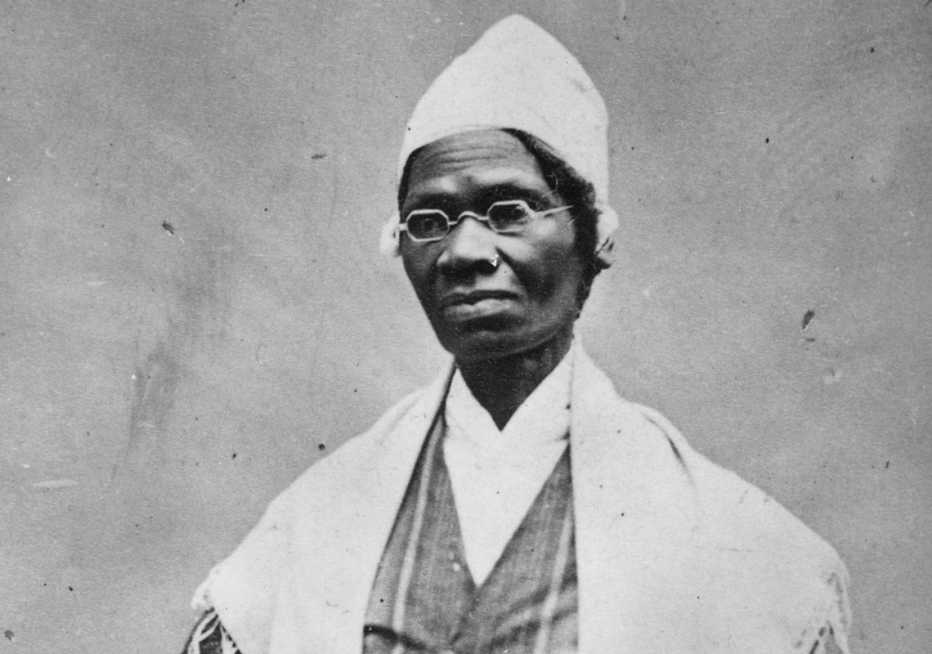
1851: Sojourner Truth gives her “Ain't I a Woman?” speech
Sojourner Truth, who escaped from slavery in 1826, delivers her historic “Ain't I a Woman?” speech at the 1851 Women's Rights Convention in Akron, Ohio. Like Truth, many early suffrage supporters were also prominent abolitionists, including Frederick Douglass, who spoke at the Seneca Falls Convention in 1848 and continued to advocate for women's rights until his death.


































































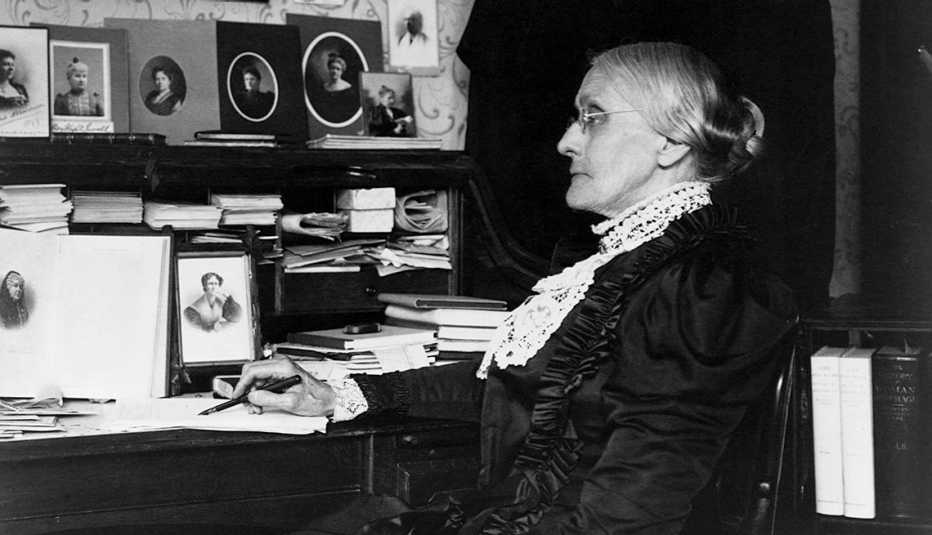
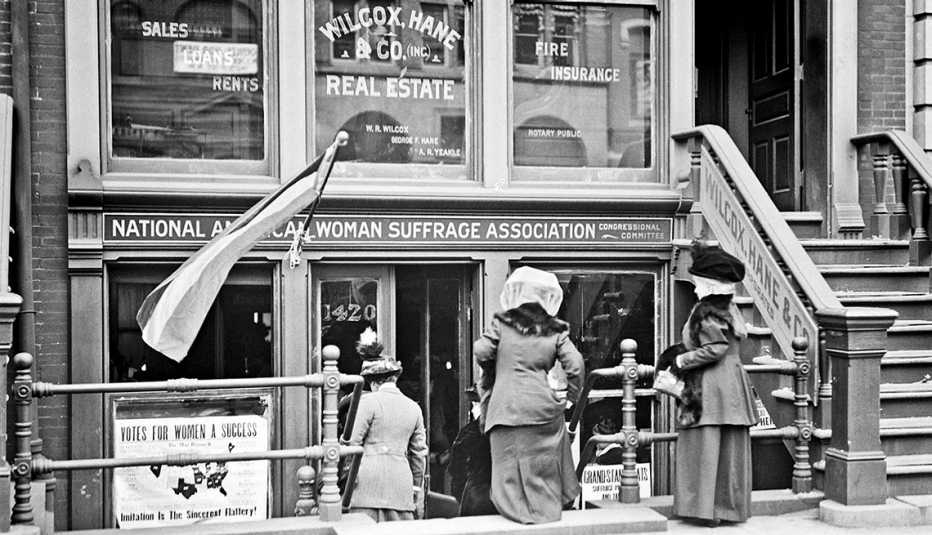

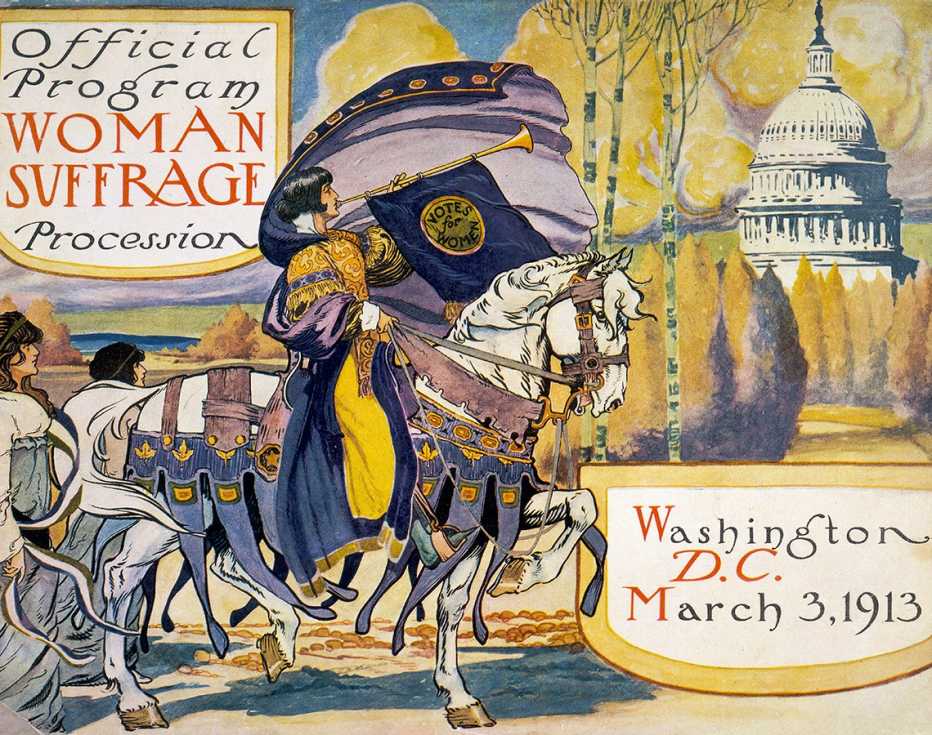

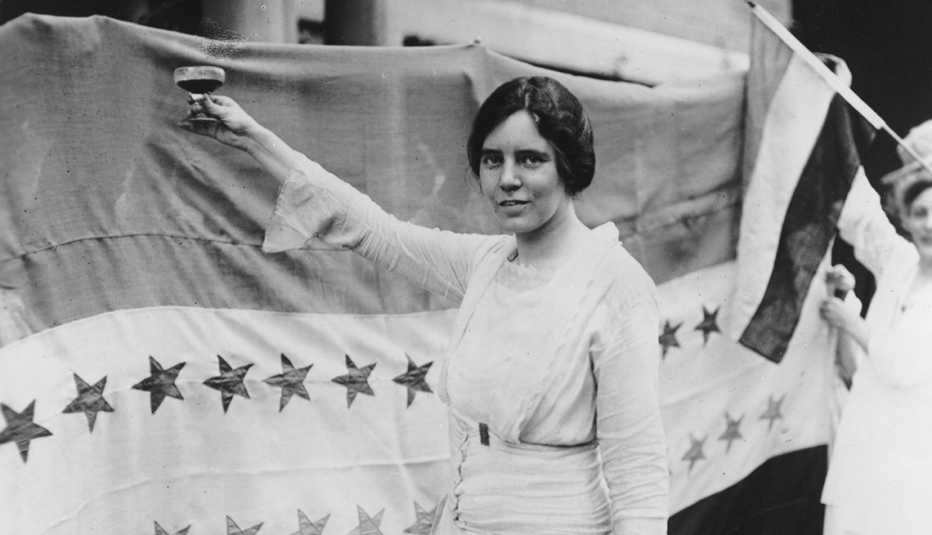
More on Politics-Society
Why Women's Right to Vote Matters 100 Years Later
Experts see suffrage as a struggle that continues to this day
Black Women Had to Fight for the Right to Vote on Two Fronts
They were suffragists combating both racism and sexism long after the 19th Amendment was passed
Recommended for You